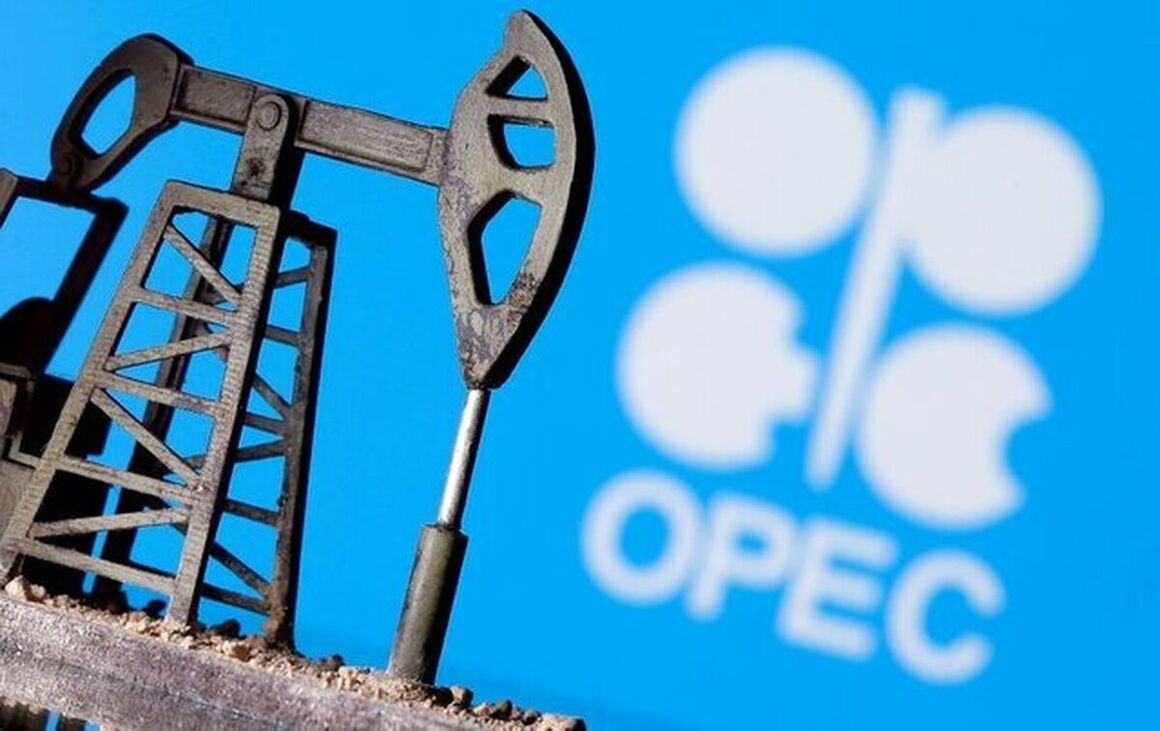Some members of OPEC+, which includes OPEC, Russia and others, announced new voluntary production cuts on April 2 taking effect from May. The unexpected move has prompted oil to rally towards $87 a barrel from below $80, Reuters reported.
OPEC+ gave little information on the reasons for the surprise cuts, saying in a statement they were a "precautionary measure" to support market stability. Some OPEC delegates told Reuters they did not know the exact reasons for the reduction.
But in a discussion on the summer market outlook in its monthly oil report on Thursday, the Organization of the Petroleum Exporting Countries (OPEC) said oil inventories looked more ample and global growth faced a number of challenges.
"OECD commercial inventories have been building in recent months, and product balances are less tight than seen at the same time a year ago," OPEC said, referring to the Organisation for Economic Co-operation and Development.
OPEC also said the usual U.S. seasonal demand uptick could take a hit from any economic weakness due to interest rate hikes, and the reopening of China after strict COVID-19 containment measures were scrapped had yet to stop a decline in global refining intake of crude.
"It should be noted that potential challenges to global economic development include high inflation, monetary tightening, stability of financial markets and high sovereign, corporate and private debt levels," OPEC said.
Still, OPEC maintained its forecast that oil demand will rise by 2.32 million barrels per day (bpd), or 2.3%, in 2023 and nudged up its forecast for China. The global figure was unchanged for a second straight month.
OPEC left its 2023 economic growth forecast at 2.6% and cited potential downside risks. Still, it said the spillover from U.S. bank failures in March had had a limited economic impact.
Oil weakened after the report was released with Brent crude falling below $87 a barrel.
Output falls
The report also showed OPEC's oil production fell in March, reflecting the impact of earlier output cuts pledged by OPEC+ to support the market as well as some unplanned outages.
For November last year, with prices weakening, OPEC+ agreed to a 2 million bpd reduction in its output target – the largest since the early days of the pandemic in 2020.
The April 2 voluntary cuts bring the total curbs pledged by OPEC+ to 3.66 million bpd, equal to 3.7% of global demand.
OPEC said its March output fell by 86,000 bpd to 28.80 million bpd, with declines in Iraq and Angola. Iraq's northern exports were halted, while Angola shut an installation for maintenance.
The report kept its estimate of the amount of crude OPEC needs to pump in 2023 to balance the market steady at 29.3 million bpd, suggesting there will be a deficit if OPEC keeps pumping at March's rate or makes further cuts.


Your Comment